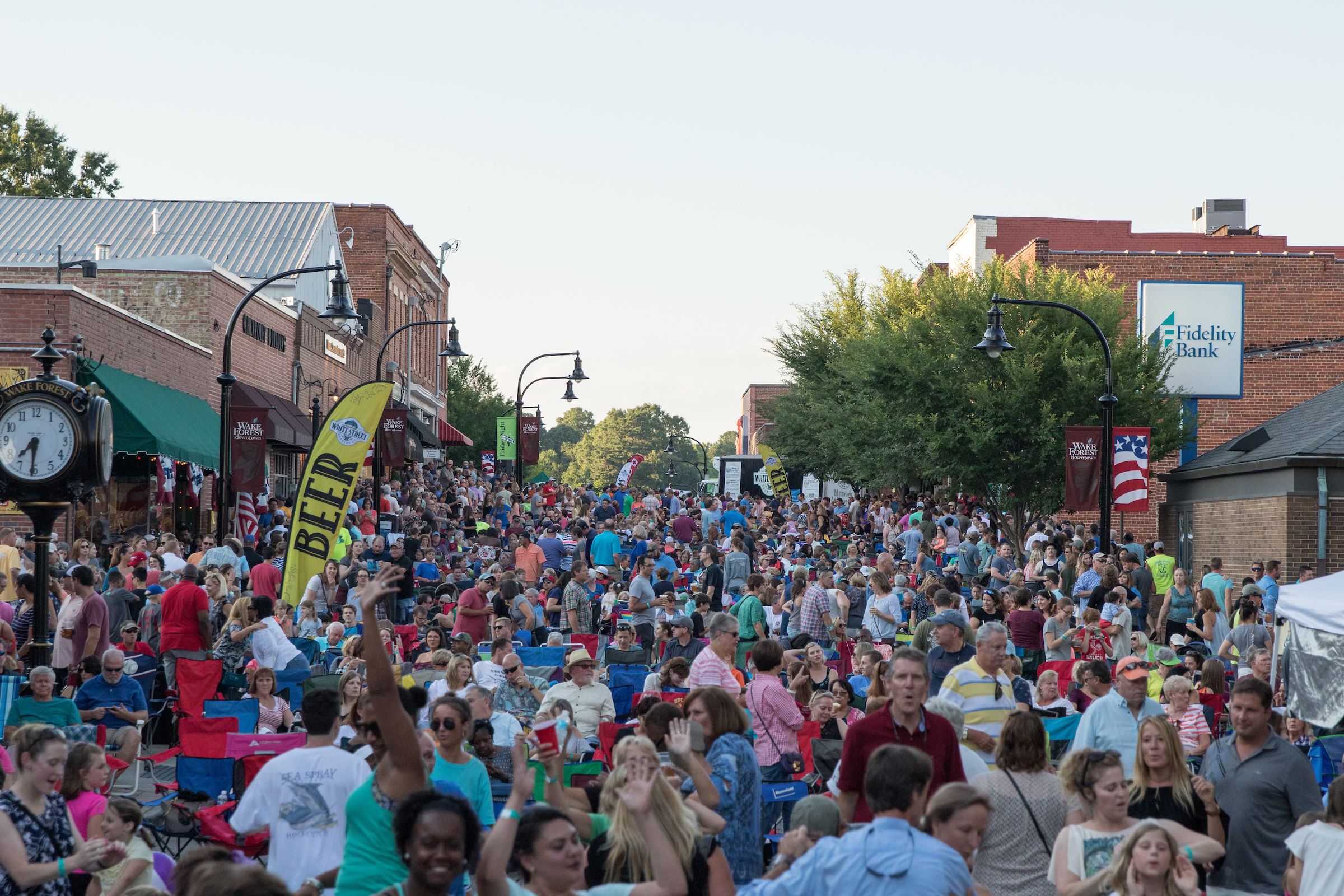USDOT awards $3.4 million in RAISE funding to plan & design mobility hubs along S-Line
The US Department of Transportation announced Thursday that it will provide $3.4 million to fund the planning of mobility hubs in Wake Forest and six other communities along the S-Line, a rail corridor between Raleigh and Petersburg, Va.
The funding is part of an award to six North Carolina projects, totaling $60.2 million from the Rebuilding American Infrastructure with Sustainability and Equity (RAISE) program.
The $3.4 million in RAISE funds will go toward planning and preliminary design of mobility hubs in Wake Forest, Norlina, Henderson, Franklinton, Youngsville, Apex, and Sanford. Activities include feasibility and site assessments for all the communities and National Environmental Policy Act (NEPA) compliance and preliminary engineering for four of the seven communities. The project will lead to increased access to active transportation options for each community, better connecting rail transit and other services. For more information about the S-Line, visit https://bit.ly/NCDOT_S-Line.
Other state allocations from RAISE include $10.7 million for the NC Department of Transportation to replace 28 low-water bridges in rural western North Carolina and $20 million for Main Street and Charlotte Road improvements in Spindale. Elizabeth City received $2 million for a 3.6-mile multi-use path and sidewalk improvements. The NC State Ports Authority received $18 million to construct an enhanced rail-loading area. The City of Winston-Salem will use $6 million to extend Long Branch Trail.
Thursday’s announcement follows the Federal Railroad Administration’s announcement in June of a $58 million federal investment in the Raleigh to Richmond (R2R) Corridor. That funding, awarded through the Consolidated Rail Infrastructure and Safety Improvements (CRISI) Grant program, will lead to economic development, job growth, and improved transportation equity through enhanced mobility opportunities to currently under-served communities along the R2R Corridor. It will also support additional service frequencies and reduce passenger rail travel times by over an hour between Raleigh and Richmond, offering a more efficient and environmentally friendly alternative to travel than vehicular use on interstates I-85 and I-95.
